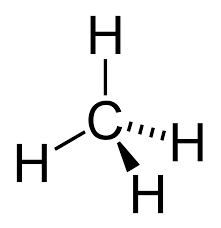How are organic compounds classified?« Back to Questions List
|
Organic compound by definition is a compound that contains a carbon-hydrogen bond. There are many exceptions to this definition. Organic compounds are classified in many ways. Major classifications of organic compounds are as below: Natural and synthetic compounds:Organic compounds produced by plants or animals come under natural organic compound. Artificial production of these compounds is highly expensive. Some of the examples of natural organic compounds are sugar and vitamin B. Synthetic organic compounds are prepared by reaction of other compounds. They can be found in plants or animals. Some of them do not occur naturally. Plastics and rubber come under this category. Organometallic and organophosporus compoundThis classification is based on heteroatoms. Organometallic compounds contain bonds between carbon and metal. Organophosporus compounds contain bonds between carbon and phosphorous. Industrially manufactured organic compoundsThese compounds are manufactured industrially. Two classical examples are ethanol and insulin. Bacteria and yeast are the major organisms used for the production purpose. These are also termed bio-technology engineered organic compounds and such compounds normally do not exist in nature. On the basis of structure of the atomsOrganic compounds can also be classified based on the structure of the atoms. Open chain (acyclic) compounds are branched or straight chain organic compounds. Closed chain compounds (alicyclic) contain carbon atoms connected in a ring form. Aromatic compounds contain benzene and other ring type compounds. If hetero atoms are present in the ring, such compounds come under heterocyclic aromatic compounds. Based on functional groupThis classification is based on the atoms or group of atoms joined together to have a peculiar chemical characteristic of the compound. Hydroxyl group, carboxylic acid group and aldehyde group are examples. In a homologous series, successive members in an organic compound differ by the molecular formula –CH2 unit. Alkanes, alkynes, amines etc come under this group. What is the difference between organic and inorganic substances?
What are the major applications of resin?What is chemosynthesis? How does it aid food production? |

